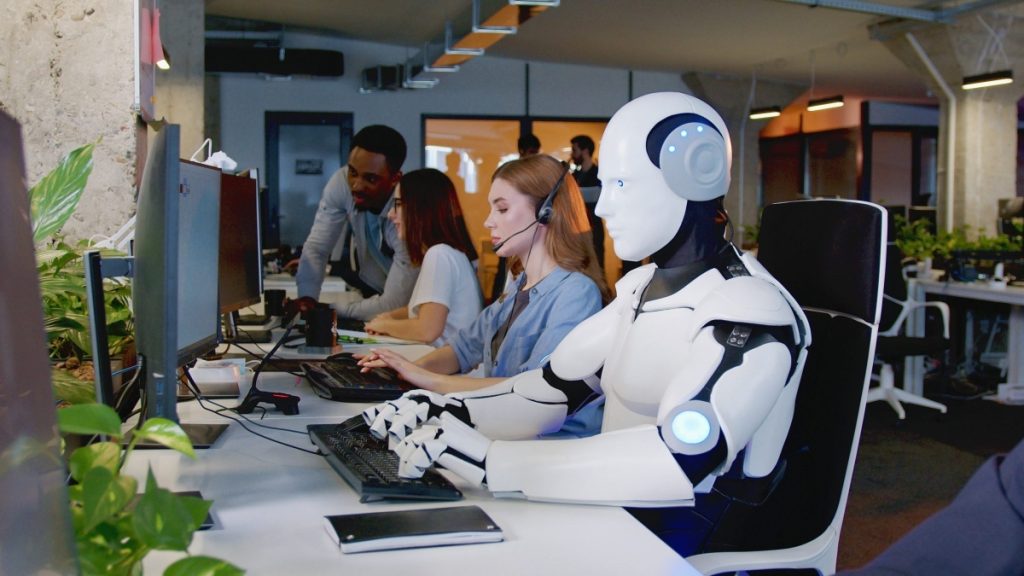Relying too heavily on technology obscures the human aspects of work. People aren’t robots, and monitoring them like machines risks missing the nuances, emotions and relationships that ultimately drive results. There are still no shortcuts when it comes to building connections and trust.
AI-powered tracking should support workers, not drive them. Managers who demonstrate trust while providing supportive resources and policies for work-life balance inspire, rather than mandate, higher performance. The companies who recognize that will sustain collaborative cultures allowing employees and businesses to thrive together. Work-at-home AI surveillance is convenient but concerning privacy concerns.
Growth Industry Lacking Regulation
The work-at-home employee monitoring software industry is estimated to be worth $1.2 billion and could reach $3.36 billion by 2026. Yet legislation has not kept pace with the rapid adoption of invasive tracking of remote workers. In the United States, employee surveillance is regulated under the Electronic Communications Privacy Act of 1986, which allows employers to monitor company owned devices and systems. But the lines get more blurry when personal devices or spaces are involved.
While European laws favor employee privacy rights, U.S. laws lean towards favoring businesses instead. There are currently no federal laws explicitly limiting or guiding how employers can leverage AI tracking tools to gather intelligence on remote workers. As software capabilities become more sophisticated, there are calls to revisit outdated regulations in order to adapt worker protections for the digital age. Until then, companies have a mostly free pass to monitor workers without their consent.
Workplace Surveillance
Allowing unrestrained workplace surveillance opens up the potential for abuse and overreach. There have already been concerning examples of bosses unlawfully collecting sensitive information via remote monitoring tools. In one case, an employer took secret photographs of employees through their work laptop camera. Another boss demanded employees keep their cameras on all day so he could observe their physical workspace for infractions.
Normalizing pervasive tracking technology also paves the way for more dystopian uses. Imagine constant biometric monitoring that gathers pulse, skin temperature and other health data from workers without asking. Another possibility is using sentiment analysis to gauge employees’ moods and attitudes. While these ideas seem far-fetched, the technology already exists making deployment at scale much easier. The increasing use of AI surveillance in work-at-home environments raises concerns regarding employee surveillance product reviews.
Experts argue work-at-home surveillance tools aren’t just about productivity, they ultimately serve to increase management control. The more data they can gather on employees, the more power they potentially wield over them. There’s no oversight stopping companies from aggregating tracking data to develop behavioral or psychological profiles on individual staff. Workers run the risk of algorithms pigeonholing them based on their virtual activities without transparency or consent.
Emphasizing Trust
While managers will argue surveillance is necessary to ensure optimal productivity, experts counter that it undermines trust which is the foundation of strong working relationships in a virtual environment. The most high-performing teams operate on mutual trust, respect and empathy. Rather than monitoring every minute, leaders should clearly communicate priorities and expectations, then give employees the flexibility to achieve objectives in their own style.
Micromanaging not only strains relationships, but stifles creativity, innovation and morale long-term. Excessive monitoring telegraphs to workers that the organization doesn’t trust them and assumes bad intent. This plants seeds of resentment that can degrade company culture and contribute to turnover. Regular check-ins and discussions encourage organic collaboration rather than enabling an adversarial dynamic of management versus labor.
Conclusion
Work at home employee monitoring tools certainly provide more visibility, but managers shouldn’t mistake more data for complete insight. While surveillance yields metrics to quantify productivity, it fails to capture critical qualities like innovation, collaboration, fulfillment and overall well being.

